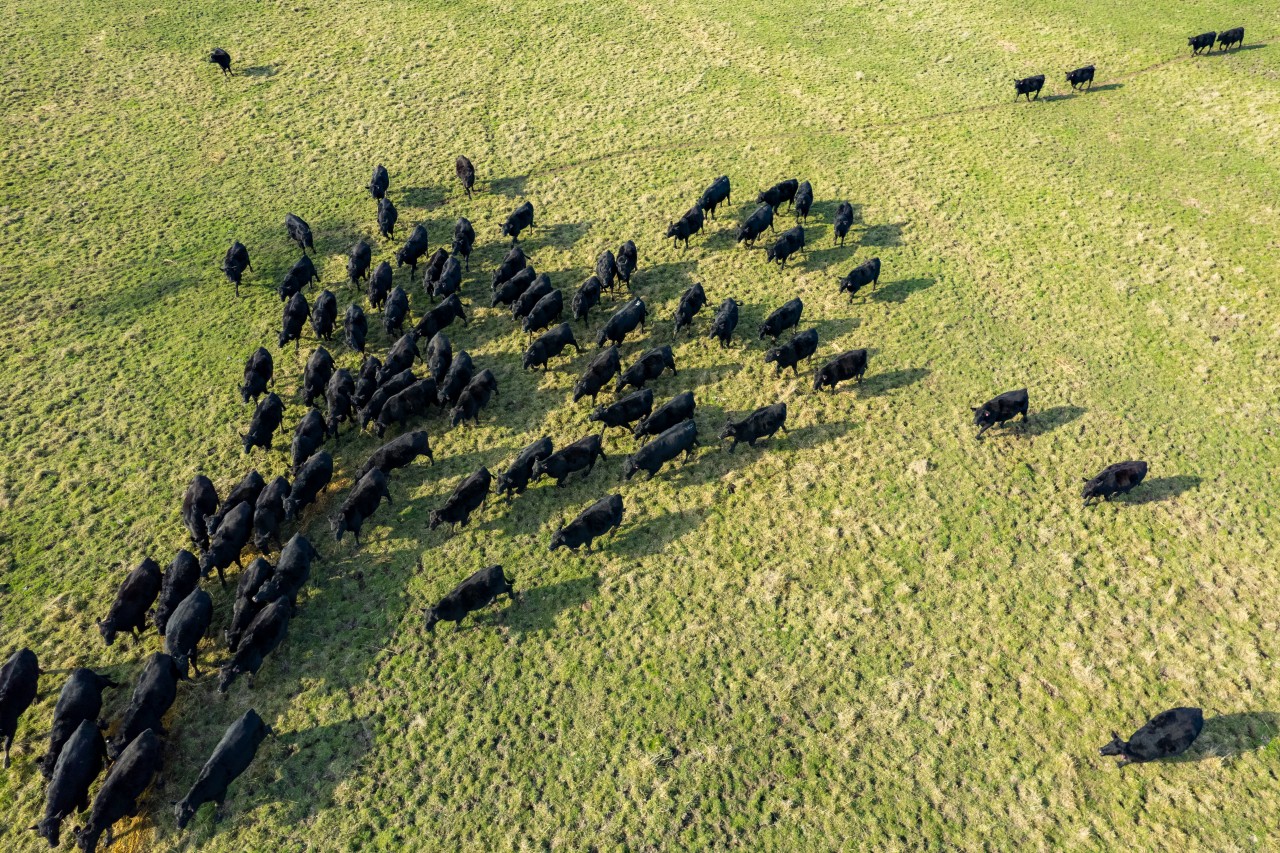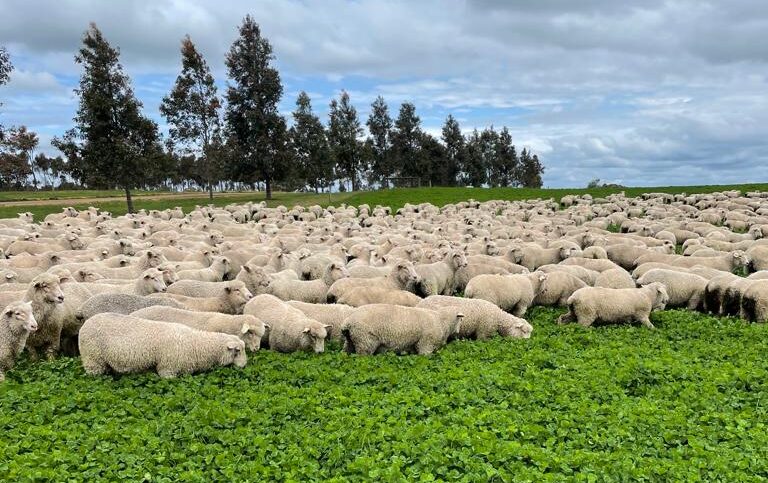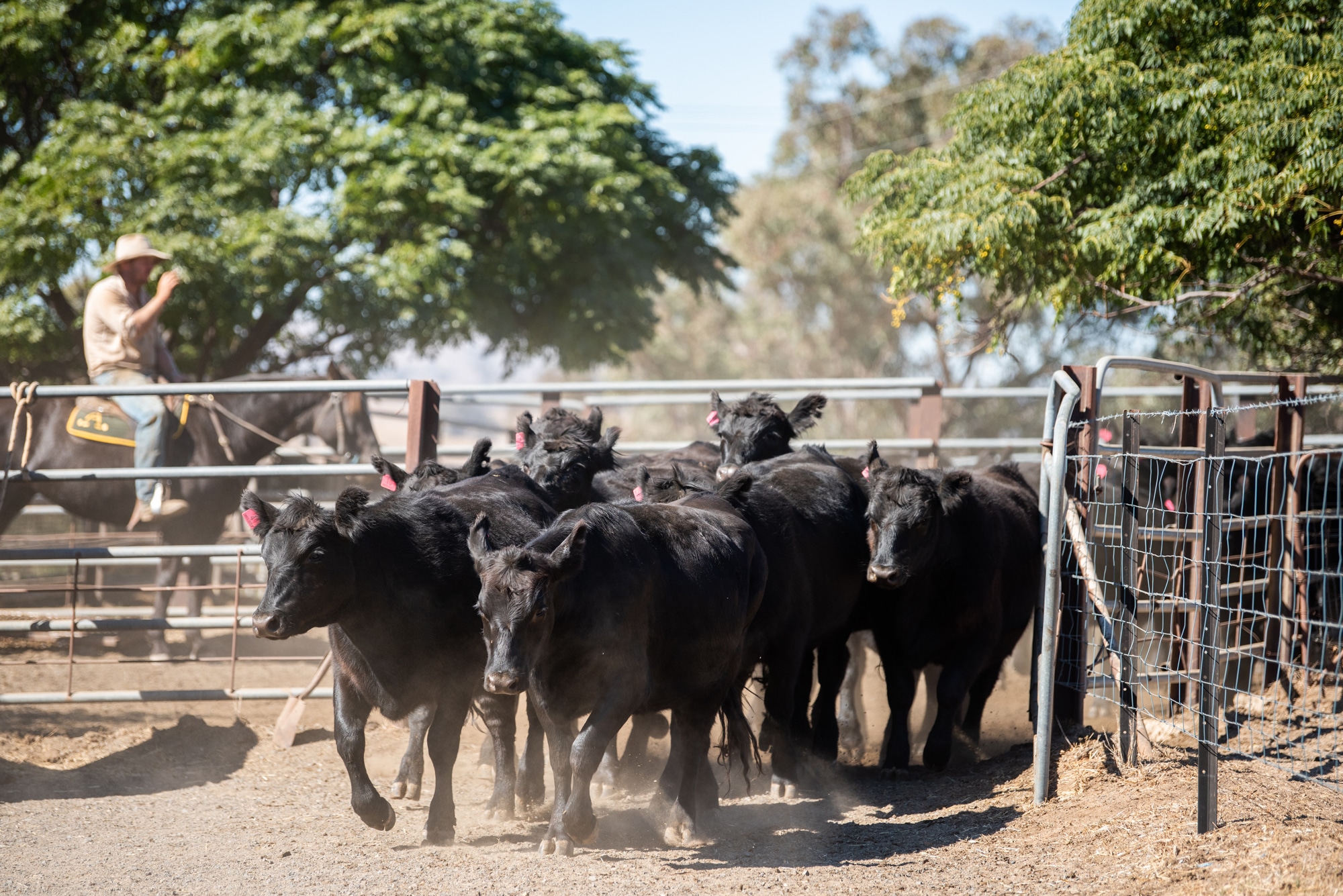How to get a livestock loan in Australia to support your business growth
Interested in a livestock loan to buy cattle and/or sheep?
Here’s our step-by-step guide
We talk a lot about opportunity cost and the importance of being clear about the goals of your business when determining your business plan. This naturally flows through to how you review your finance options for livestock.
To help you with this we outline below some important points to consider when you do your livestock finance research. We also outline the process involved when proceeding with a loan or funding for sheep and/or cattle in the event that you decide to move ahead with sourcing finance for your next livestock purchase.
- Do the research & determine the type of livestock loan or funding you need
- Apply for your livestock loan or funding
- Complete the process with discussions addressing your application and capacity to repay
- Wait to hear back…
- If successful, sign a contract and begin purchasing livestock.
And that’s the whole process. Let’s go through those steps in more depth and look at some questions we get asked a lot.
How to do the research & determine what type of livestock loan you
When getting a livestock loan to buy cattle and/or sheep, there are different options you will be able to choose from. To know what livestock loan or cattle financing option best suits your needs and circumstances, you’ll need to consider:
- What other commercial loans do you currently have? The nature and size of any existing loans may affect the type of loan you should apply for.
- What scale of sheep or cattle farming do you undertake/ are planning to pursue?
- What phase of growth is your business in? Expansion, rebuild or maintenance?
Depending on your answers to the above, some of the options available are your traditional bank products such as an overdraft, finance from your local livestock agent or specialised livestock finance products.
At Agrifunder we offer specialised livestock funding, with 100% funding for the purchase price of livestock and flexible security options, that offers you the ability to grow and scale.
One key detail to point out is the difference between a ‘loan’ or ‘livestock mortgage’ from a bank for livestock versus funding from a livestock finance provider.
A loan from a bank i.e. access to finance through your overdraft, can be used for a variety of farm operating expenses. A livestock mortgage from a bank is a charge applied over your whole mob and often only advances less than half of the bank’s prescribed value of the animal and the current market value of the livestock.
Livestock loan providers are not banks and not technically ‘lenders’ that provide ‘loans’. They provide funding for a specific purpose – livestock. The funding is typically for 100% of the value of the livestock which provides you with greater flexibility and cashflow.
Another key difference is the security aspect between banks and livestock finance providers.
Banks prefer to take security over land rather than livestock. Livestock loan providers are the opposite of this. Due to the flexibility of livestock finance providers with security it does impact ownership of the livestock. Rather than ownership of the livestock sitting with the producer, it sits with the livestock finance provider. This is recognised through registration on the Personal Property Security Register (PPSR).
However the reality is that unless you finance stock with your own cash you never truly own the livestock (with bank or alternative finance) until the debt owing against it is paid off. This is a key case of opportunity cost when considering your options for financing livestock – how much does the concept of ‘ownership’ mean to your business in the short to medium term as a livestock trader? And how does this affect what finance you choose to use?
Due to the rise in livestock prices and increasingly variable environment over the past decade the use of livestock finance has increased. Whether it is a tough or bumper season there are a number of key features which make it attractive for producers:
- 100% funding for livestock
- Flexible security – use of livestock rather than land for security
- It can be used alongside of your overdraft so that you can use your overdraft for other farm expenses
However not all livestock finance is the same. It will vary between providers. Key things to take note of when examining different providers:
- Is the provider transparent about funding costs i.e. do they claim they are interest free but charge a ‘marketing cost’ that includes livestock funding? (Ultimately there is no such thing as free finance and a cost is a cost no matter how it is labelled)
- If the provider says there is no finance cost what other costs are involved and how do these add up and compare?
- Is the funding or marketing cost calculated on the original purchase price or end sale price (end finished value of the livestock)?
- Is the funding rate calculated on an annualised basis or capitalised monthly?
- Is the funding/marketing cost inclusive or exclusive of GST on an invoice or account sale?
- Do they provide an up front simple pricing structure? Or do they provide a headline rate which doesn’t factor in other hidden costs?
- Do they expect you to follow certain marketing rules – or are they independent meaning you can determine who you buy and sell through?
- What term do they offer? How does this impact the overall cost structure? Are there penalties for operating outside of their term?
- Can they provide you with the appropriate level of funding to support your business goals?
Applying for finance
Once you know what type of loan or funding suits your needs best, you can jump in. There are a few things to consider here:
- With the appropriate provider, you will fill out an application form. This is relatively straightforward, you’ll just need to have the relevant details available so that you can fill them in. We are proud to have our team to help you through this.
- In addition to the details in the application form, you’ll need to submit supporting documents. These are things like certified identification, financials, and business proposals.
The information provided as part of a funding application allows the funder to accurately assess the risk of the whole transaction, what is the risk involved to their business by providing you funds for livestock? The fundamental question is – can you repay the loan or funding provided to you? The more information you make available to assess your application the faster and smoother the process will be for you.
Completing the Process
After submitting your paperwork, the provider will need to go through it with you. A lot of the discussion will focus on your financial history and business plan, so make sure you’ve really crunched the numbers and can discuss them. Remember, the provider needs to accurately assess how much risk they are taking on by providing funding to you for livestock.
Signing the contract
If you’re successful with your application a contract will be sent to you for signature. It’s worth considering showing the contract to your lawyer or accountant ahead of signing.
Now, that’s how to apply out of the way. But before you get that far, how do you know if you qualify for a livestock loan at all? We get asked this question a lot. It will depend on a few basic things such as whether you’re an existing livestock producer, whether you own or lease your property, and how much experience you have. You may also need a deposit depending on which provider you choose.
At Agrifunder we understand the need for flexibility, and we share your goals of profit and growth. Our livestock finance provides 100% funding for livestock and flexible security options, using livestock as security and we are independent which means you can choose who you buy and sell livestock through. We know that flexibility is an important part of farming.
For further information or questions don’t hesitate to give us a call 1800 247 438







